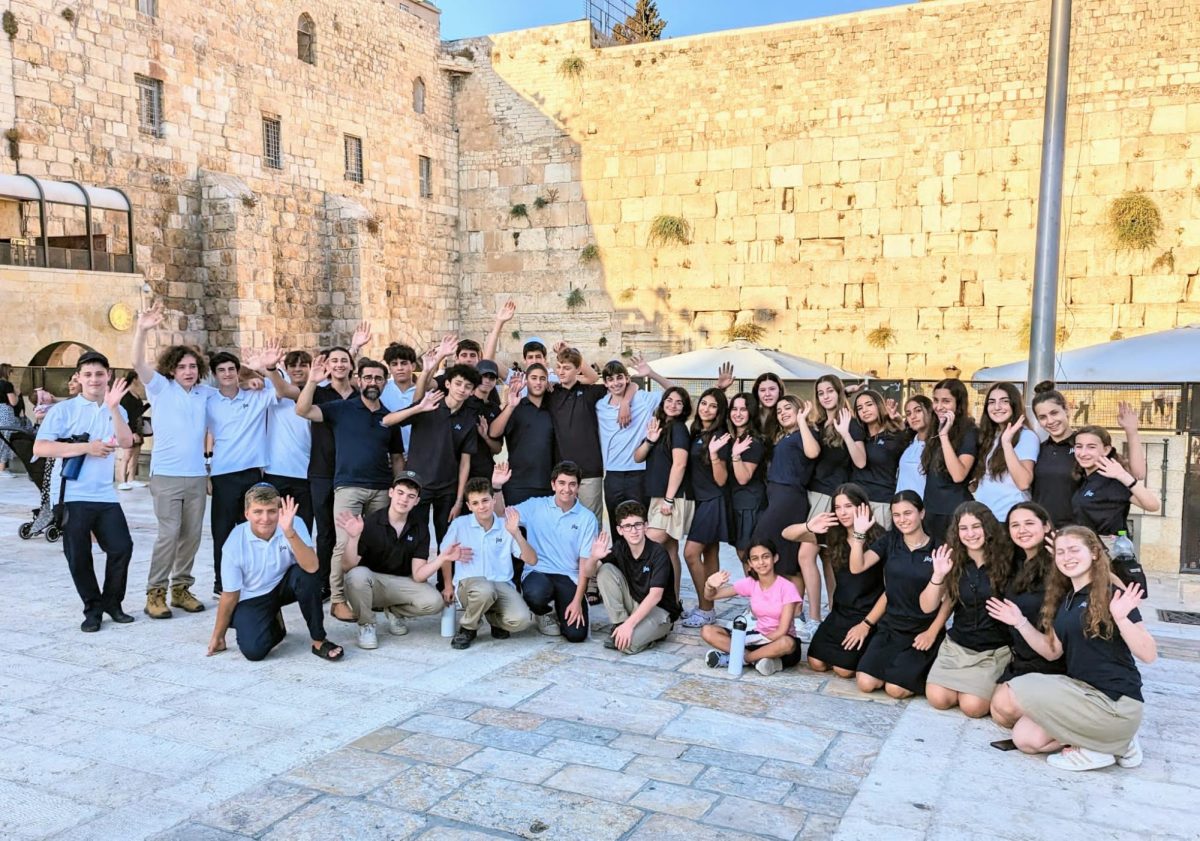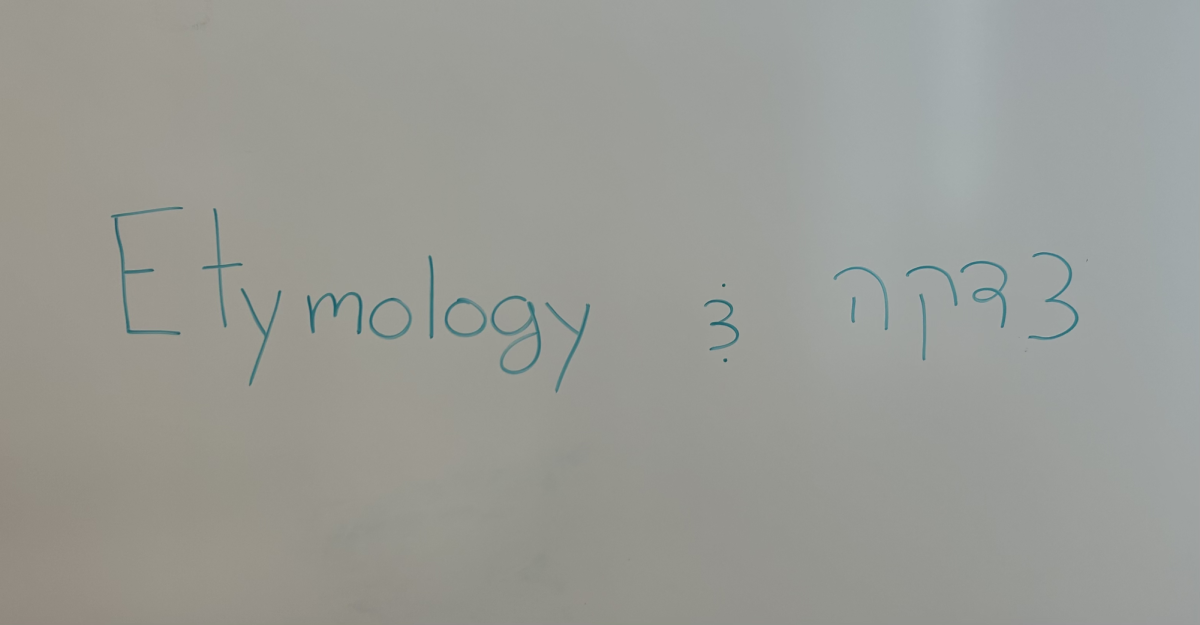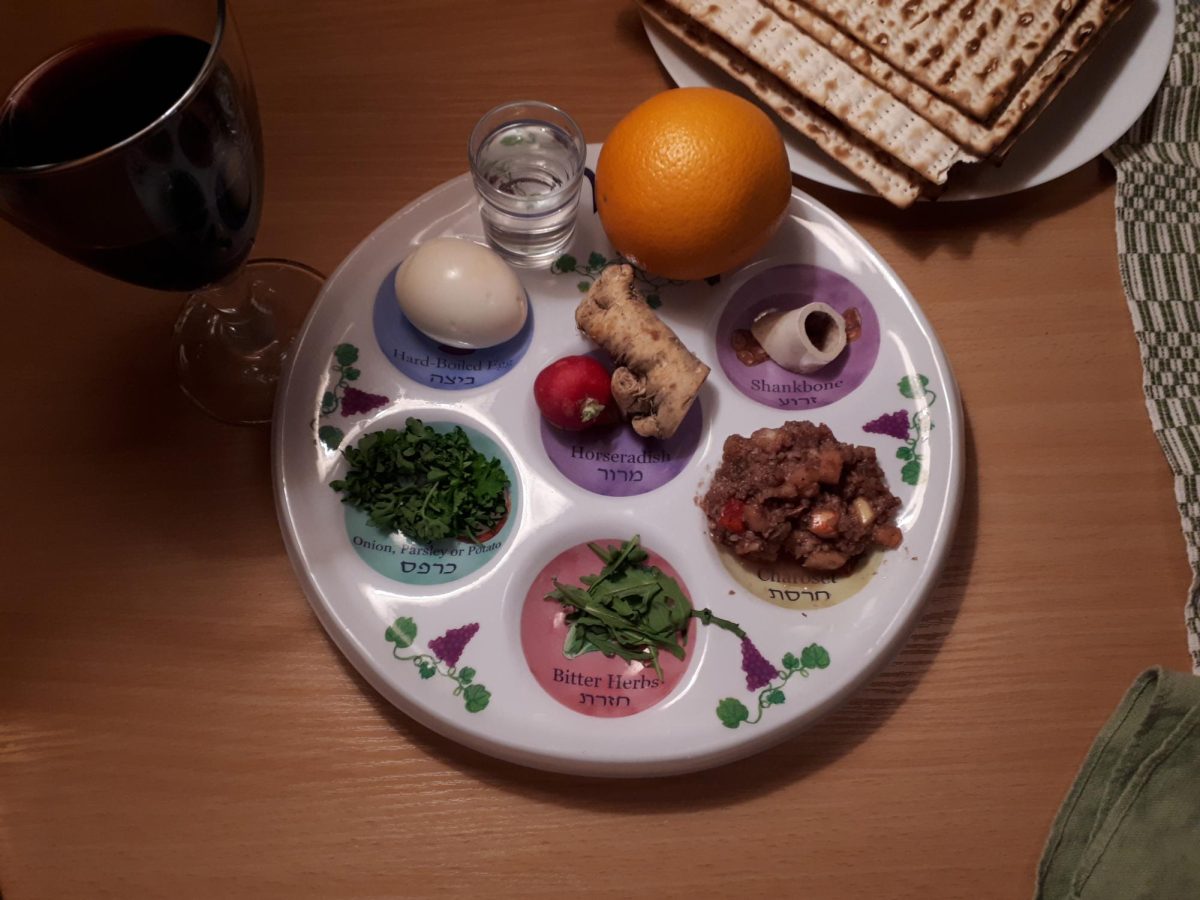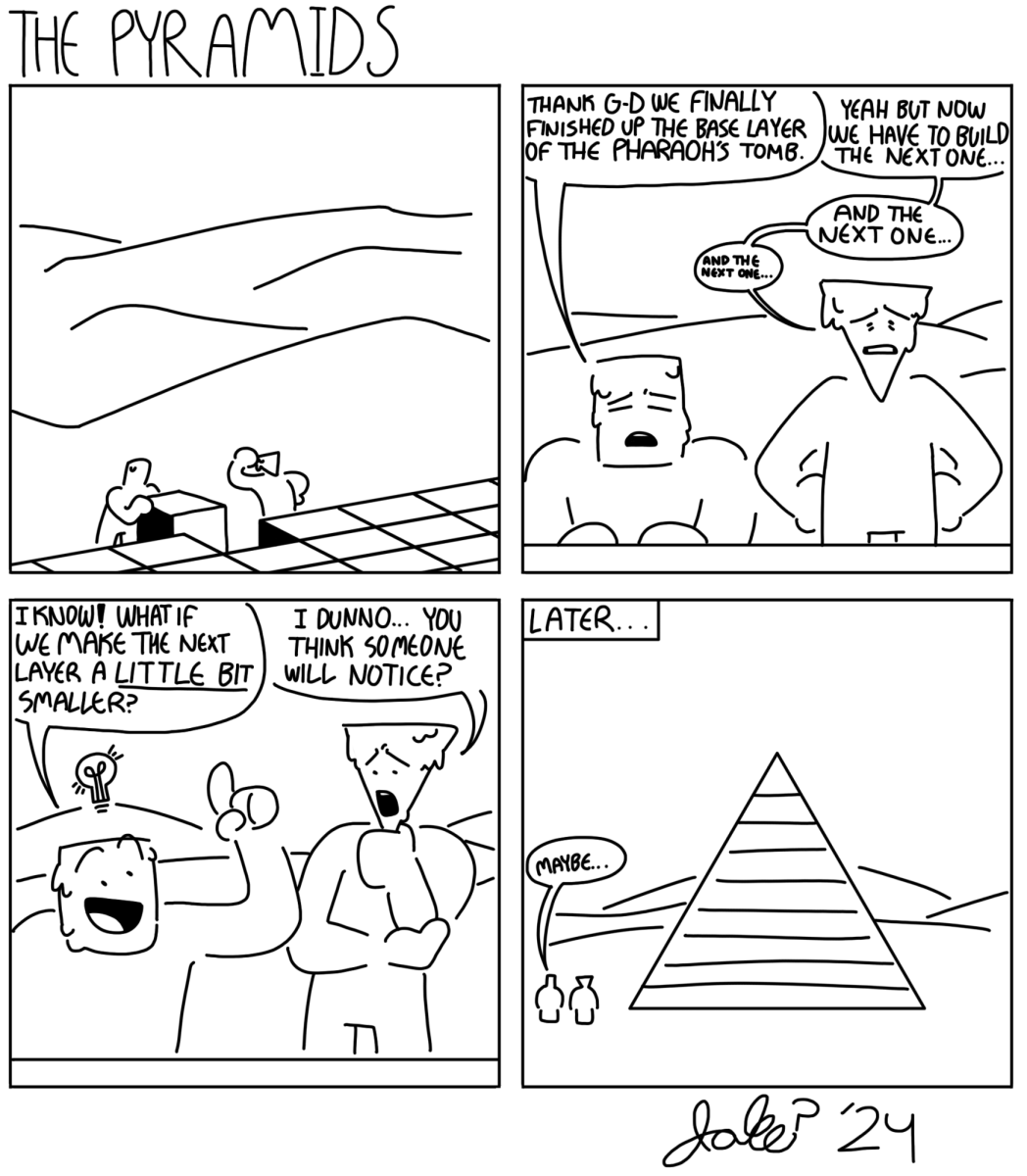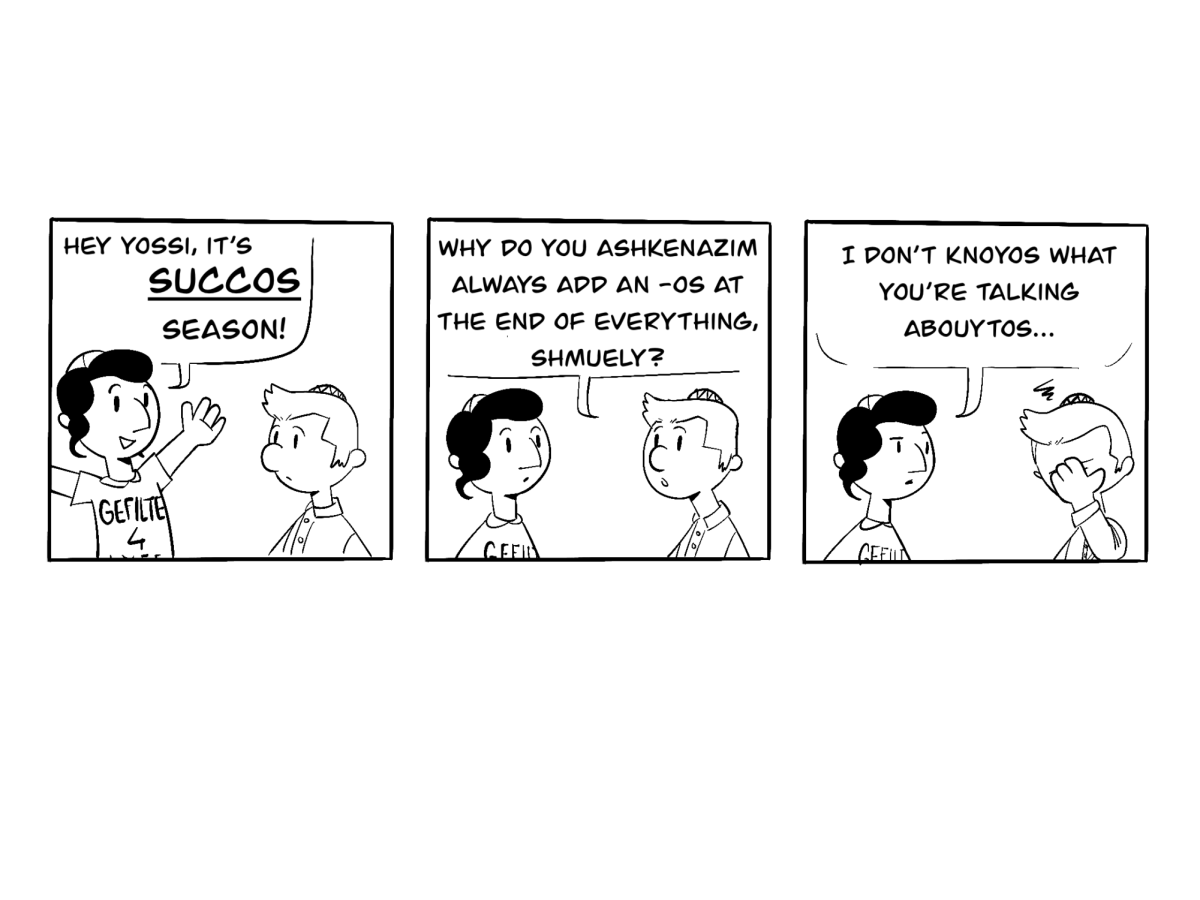Last week, parents of JLA students were invited to a Pesach seminar sponsored by the school. They learned about many aspects of Pesach, including how to set a Seder table, how to make the Seder interactive for children, 20 discussion questions to ask at the Seder and a special presentation led by Rabbi Albo on the differences between charosets from around the world. This idea hits on a major difference between Ashkenazi and Sephardic traditions on the holiday of Pesach. Sephardic Jewish culture originated in Spain, the Middle East, and African countries, while Ashkenazi Jewish culture originated in eastern Europe, in countries such as Poland, Germany, and Russia. Being in such diverse locations led to wildly different staple foods, customs, and traditions in everyday life. With all the rigor and extra attention we give to Passover laws and traditions, of course differences in the way we celebrate the holiday would follow suit. Although we all agree that chametz, or leavened bread, is not kosher for pesach, there are many customs the two groups diverge on. From the types of food on the Seder plate to the ingredients that make up the dishes to what is even permissible to eat during Passover, the differences are substantial.
The biggest difference is known as kitniyot. Kitniyot is a class of foods that are kosher for Pesach for Sephardic Jews but not for Ashkenazi Jews. These items are traditionally corn, green beans, snow peas, sugar-snap peas, chickpeas, soybeans, sunflower and poppy seeds.
Another class of kitniyot that must be reviewed carefully before eating or preparing is rice, buckwheat/kasha, millet, beans, lentils, sesame seeds, and mustard seeds. Ashkenazi Jews still hold that these should not be consumed over Pesach. Most people don’t realize that these items referred to as kitniyot were easily mistaken for chametz and were normally mixed with chametz year-round. Because of that, and to err on the side of caution, Ashkenazi Jews made it a tradition to abstain from this class of food to be extra safe. Even Sephardic Jews have a custom to thoroughly check over these products three times to ensure no chametz has found its way in.
Another major divergence between the two is the seder plate. The placement of the foods on the plate to the types of foods used for Maror, Karpas, and Charoset. In Ashkenazi tradition, the Charoset consists mainly of apples, wine, honey, and nuts and is typically loose and runny. In contrast, Sephardic tradition leans heavily on the use of dates, which produce a thick paste-like substance. These two customs both come from tractates of talmud, specifically Sotah 11b and Pesachim 116a. The one that the Ashkenazi tradition focuses on indicates that we should use apples because the apple tree provides shade and a place of safety for Jewish mothers to give birth to avoid their boy babies being taken by the Egyptians. Sephardic custom takes from the concept that the Charoset is like the cement of the bricks and should be thick. Thus, the two types of Charosets.
Lastly, Karpas and Maror can be different and change from household to household. You may see potatoes, parsley, celery, or celery leaves or romaine lettuce as Karpas, which could be dipped in anything from salt water, vinegar, lemon juice, or lime juice. For Maror, you can come across radishes, horseradish, and romaine lettuce in Ashkenazi households, and escarole or endive for Maror in Sephardic houses.
There is an incredible number of variance between Ashkenazi and Sephardic Jews on Seder night. The list does not stop here. Some other traditions consist of Bibhilu, a special seder plate ritual for Moroccan Jews, hitting one another with scallions, and the contrast in the representation of the ten plagues; The customs and traditions of every Jew is unique and special, demonstrating that despite many differences the Jewish nation comes together to celebrate the same Exodus story. As Pesach quickly approaches, these ideas become fundamental in the unity of this sacred holiday.
Sources:
https://www.haggadot.com/clip/so-youre-celebrating-sephardim




